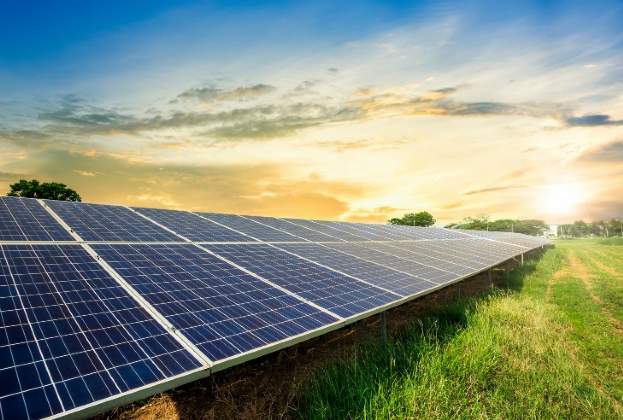Panellists included:
Nadimeh Mehra - Vice President, District 2020
Qais Bader Alsuwaidi - Ministry of Climate Change and Environment, UAE
Rob Devereux - CEO ICD, Brookfield
Dan Jestico – Sustainable Design Director, Savills
Ehtesaam Farooq - Associate Compliance Director, The Red Sea Development Company
Before and throughout the webinar we received a large number of questions from registrants and attendees. Unfortunately, we were unable to answer all of them during the session, please see below the most FAQ's:
FAQ'S
To address the ’S’ component of ESG and minimise social exclusivity, how does the transition to District 2020 ensure affordability for Dubai’s diverse demographic?
District 2020 has been designed to evolve into an integrated multi-purpose human-centric city to work, live and explore. The aim is to curate an innovation-driven ecosystem that brings together large and small businesses, academia, government and diverse stakeholders to maximise collaboration and long-term growth opportunities. Inclusivity is a key focus, and it will be providing reasonably priced accommodations and workspaces to cater to the needs of the future workers and residents. The goal is to create a new type of urban experience and cultivate a strong sense of an inclusive diverse community. It will promote people-centered values such as social cohesion, community engagement, and foster connection.
How do you measure ESG rating?
There is no single tool to measure ESG impact, although a number of potential useful frameworks exist which provide a partial solution. GRESB can be used to assess and benchmark the Environmental, Social and Governance (ESG) and other related performance of real assets, providing standardised and validated data to the capital markets. However, this isn’t suitable for everyone. Many ESG principles require qualitative as well and quantitative responses, and it’s difficult to introduce KPIs against these. There is also the issue that ESG issues are complex and not always comparable across different boundaries, in different locations and for different projects.
What are your plans for the various exhibition halls, especially the smaller ones? Is there a plan to reuse ALL of them?
There is over 160,000 square meters of built GFA that will host country exhibits during the 6-month event, which will then be re-purposed after the event and transitioned into a mixed-use community of residential and commercial spaces, retail and F&B (food & beverage). Multiple Expo 2020 pavilions will be retained at District 2020 and will act as focal points for knowledge-sharing, learning and innovation. For instance, the UAE pavilion, Terra (Expo 2020’s Sustainability Pavilion) and Alif (Expo 2020’s Mobility Pavilion) will remain as educational and cultural platforms and will continue to attract residents and visitors. Some countries will retain their pavilions, which will continue to serve as long-term business and commercial platforms.
What technology / solutions are available to owners of existing assets to measure and improve their ESG footprint (which I see remarkably more challenging vs. new built)?
A critical element to assessing ESG issues is that of data. At the end of the project, when the assets are finished and occupied, there has historically been a lack of attention given to how the asset performs in practice, and whether it meets the original design intent. With the increased use of metering, monitoring and post-occupancy evaluation, this is changing and we’re seeing more developers and owners use data gleaned from this analysis to feedback into the development process to improve design and apply lessons learned. Whilst some data collection (energy, water use, etc) can be automated, post-occupancy evaluation is more manual, as it requires engaging with occupiers to elicit responses.
What are examples of some advantages sustainable loans and bonds can provide to the Real Estate sector?
In a few markets, including the UK, financial institutions are looking at specific products, aimed at providing loans for the sector, designed to facilitate sustainable retrofit and improvement of energy efficiency. This should help in supporting the transition to more sustainable developments.
For further information, you can read Savills ESG Report - HERE or watch the recorded version of the webinar HERE.
.jpg)

-(1)(1)(1).jpg)

.jpg)


.jpg)